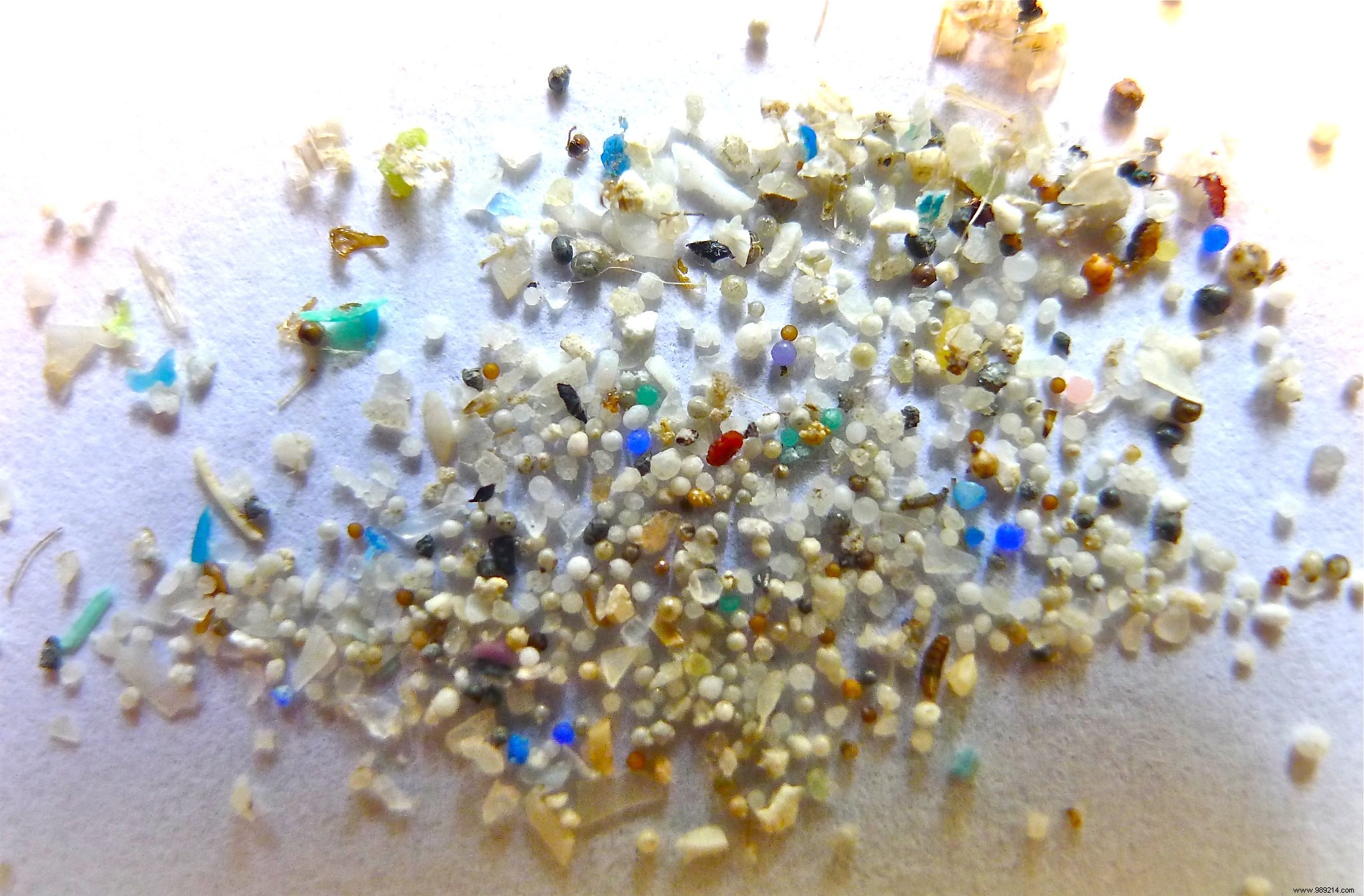Microplastics, which are found almost everywhere today, are at the heart of a new study whose results are very worrying. Those in sewage carry bacteria that are potentially increasingly resistant to antibiotics, US researchers say.
They come from our plastic waste, our clothes or our cosmetics and measure less than 5 mm in length. Today, microplastics are everywhere, in oceans, rivers at the poles and even mountain peaks. They therefore represent a danger to the environment, but also to human health. In August 2020, microplastics (and nanoplastics) were detected in human tissue for the very first time. Each year, humans individually ingest up to 2,000 microplastic particles per week , i.e. the weight of a credit card (5 g).
Humanity must now also deal with a new problem concerning microplastics. A team from the New Jersey Institute of Technology (USA) studied them as part of the wastewater treatment process . This work to be published in the Journal of Hazardous Materials Letters was detailed in a press release published on March 17, 2021.
Dung Ngoc Pham, lead author of the study began by indicating that wastewater treatment plants were for the most part not able to treat microplastics . However, the fact is that these stations are focal points for a large quantity of microplastics. They are also valid for certain chemicals and pathogens. Unfortunately, microplastics are veritable nests for microbes.

As part of this work, the scientists collected samples of sludge from three wastewater treatment plants of the State of New Jersey. To these samples, the scientists voluntarily added microplastics whose nature is common:polyethylene (PE) and polystyrene (PS). Using various techniques, including PCR (Polymerase Chain Reaction) genetic analysis, they were able to understand the growth of bacteria on microplastics , as well as their genetic modifications.
Based on their results, the researchers observed the presence of the sul1, sul2 and intl1 genes . However, their presence was up to thirty times more numerous in the biofilms formed by the microplastics than on other biofilms (sand). These genes are also known to promote antibiotic resistance. The scientists therefore added an antibiotic to the samples and observed a 4.5-fold increase in these famous genes.
When entering wastewater treatment plants, microplastics mix with sludge and then bacteria attach themselves. The latter can then secrete extracellular substances similar to glue. Over time, other bacteria are added and grow in turn. By exchanging DNA with each other, bacteria spread antibiotic resistance genes .
Researchers are now continuing their investigation to find out how bacteria-carrying microplastics can bypass the water treatment process.